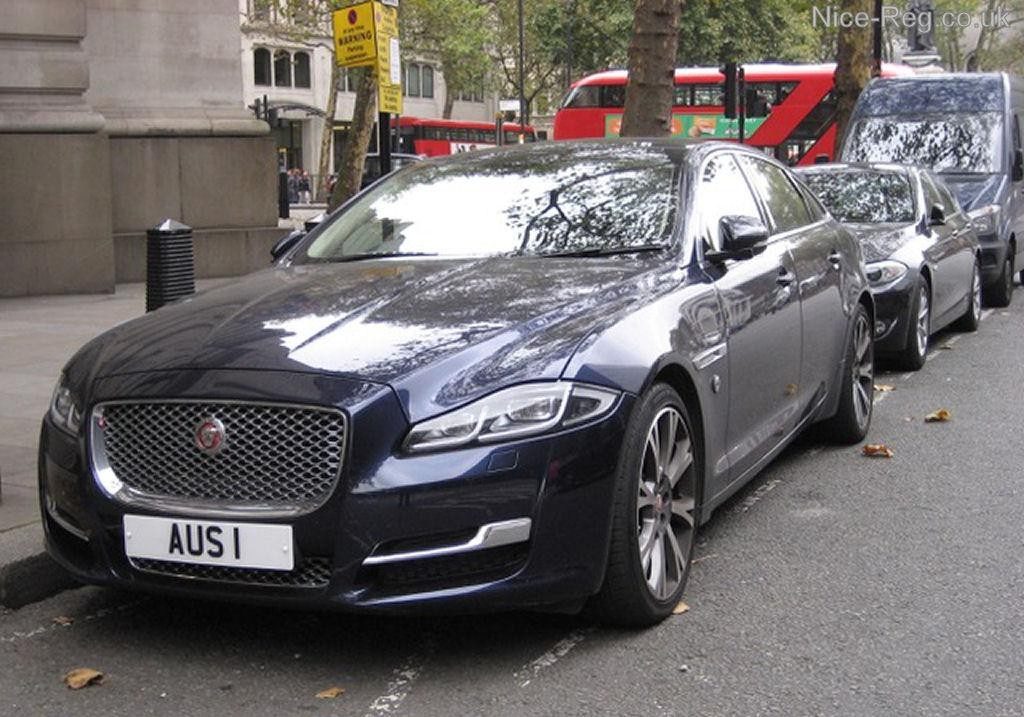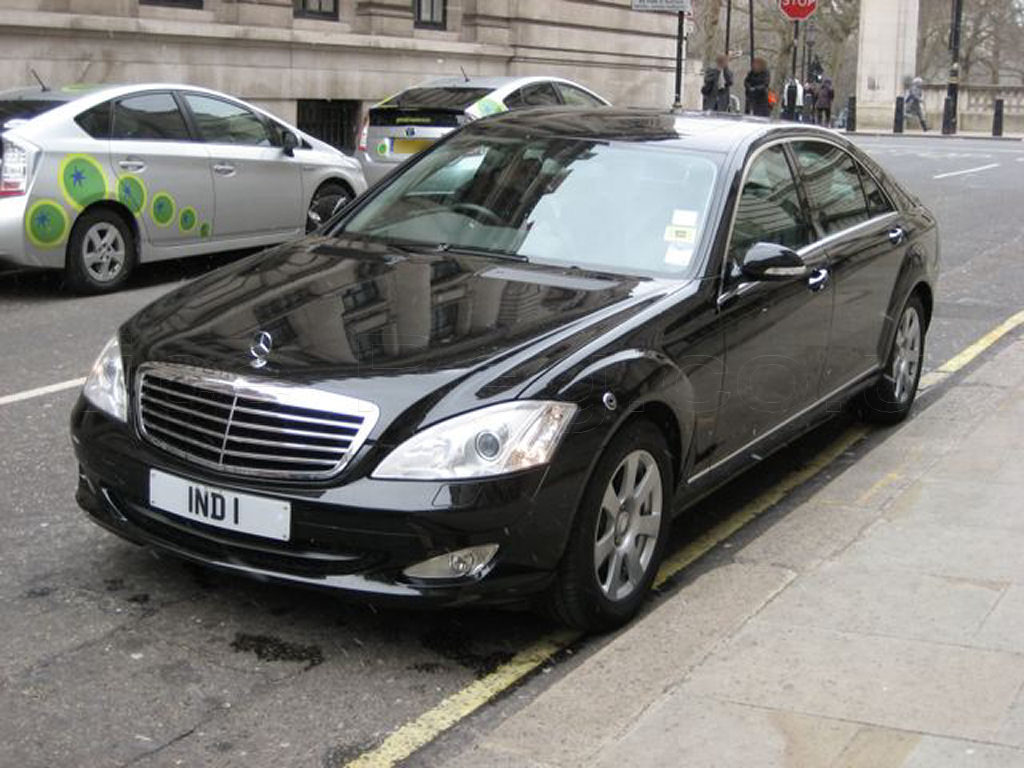You may not even be aware that there are such things as diplomatic number plates but if you look closely in London, particularly in the area where the foreign embassies are located, you might just notice some strange number plates with odd combinations of letters and numbers. These vehicles are also sometimes visible in television news reports on state occasions or royal weddings as mentioned by showplatesexpress.com.
A diplomatic number plate is a term that covers the registration plates used on vehicles by international bodies, foreign embassies, consulates, and high commissions. In the early years of the mid last century after the Second World War and as cars were beginning to become more universal, diplomatic number plates tended to be drawn from a collection of non-standard plates or those which had been voided for another reason. The plates were often dateless and could contain letters that would not normally appear in the UK number plate system.
It was not unusual to see the numeral ‘1’ used either at the start or end of the number and for a while, international embassies were issued with number plates which spelled in whole or in part, the name of their country. India received ‘IND 1’ and Jamaica was rather humorously named, ‘1 JAM’. Spain got lucky and had a proper personalized plate, ‘SPA 1N’.
Other Quirks About Diplomatic Vehicles

These vehicles are all subject to the law of the land although they are exempt from vehicle emissions tax. However, the driver of the vehicle may have diplomatic immunity under the terms of the Vienna Convention so this could mean that they cannot be prosecuted for road traffic offenses.
What Is The Purpose Of A Diplomatic Number Plate?

The point of diplomatic number plates is to provide information for regulatory bodies and the police of the status of the occupier of the vehicle. This is because diplomatic officials are afforded certain rights and special status under the Vienna Conventions and it can avoid wasting time and a huge amount of embarrassment in the event of an incident. The plates also immediately advise law enforcement officers of potential security threats or implications arising from accidents or terrorist events which may involve a vehicle displaying a diplomatic number plate.
Recent History

In 1979, diplomatic number plates were revised and a standardized format was introduced which consists of three numbers followed by the letters, X or D and then another three numerals. The plates can be read as follows:-
- The first three numbers indicate either the country or the international group. Some countries such as Spain don’t just have one number but a range of numbers
- The letter, either X or D, indicates the status of the vehicle’s ‘owner’ so D is clearly used for Diplomats and X for non-diplomatic staff but those with an official accreditation
- The last three numbers also identify staff status and fall within three categories. 101-399 is used for Diplomats, 400-699 for non-diplomatic staff and 700-999 for consular officials
The other key difference between diplomatic plates and standard UK registration plates is the font employed which is narrower. The idea is to prevent easy duplication thus deterring imitation and potential fraud. The registration of vehicles and the issue of diplomatic number plates are handled by the Protocol Directorate at the Foreign and Colonial Office or the DVLA Specialist Registrations team who tend to resolve inquiries.
